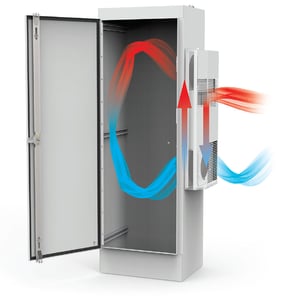Case study: Pfannenberg Cooling Units to meet Wood Manufacturing needs
An end user turned to Pfannenberg for assistance with managing their enclosure temperatures in a particularly harsh environment. The company produces high-quality construction and installation materials from wood fiber.
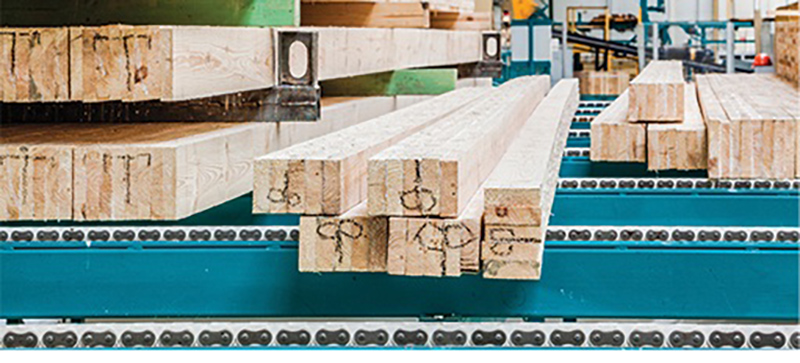
Customer Requirement
The customer current system was facing system failures and downtime due to severe soiling from wood dust and rust particles from diesel-powered fork lift trucks and heavy equipment. The current thermal management solution used conventional point-of-entry filters and top-mounted filterfans. The current cabinet system had to be completely changed as it needed to be reliable despite severe air contamination from wood dust and exhaust gas, plus provide energy savings and service friendliness.
The Pfannenberg Solution
As a first step, all the switch cabinets were wet cleaned, both inside and outside. To rule out any repeat soiling, the top-mounted fan combination was replaced by partially recessed cooling units: DTI 6301 Model.
Special features of the cooling units are:
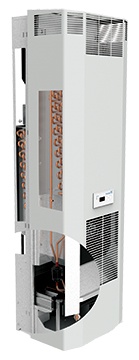
- Uniquely high energy-efficiency rating (EER)
- Significant energy savings/operating costs reduction
- Condenser with wide fin spacing for highly effective protection against contaminated ambient air
- Large distance between intake and exhaust vents (to eliminate hot spots)
- Perfect ease of servicing
- New service interface for easy retrieval of parameter settings/history (Pfannenberg Plant software necessary)
- Optional filter can be retrofitted in a few seconds
- Energy-savings mode in the Multi Controller integrated as standard
Customer Benefits
Use of the new DTI 6301 cooling units led to reliable system operation and to the highest possible amount of machine up time. The environmental and cost balance sheets demonstrated considerable reductions with regards to energy costs and CO2 emissions, as well as reduced service requirements and repair times.
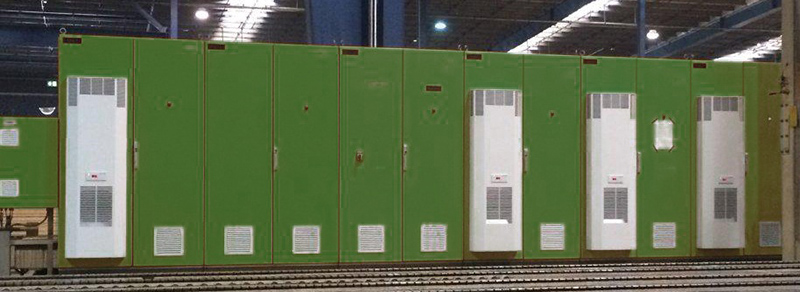

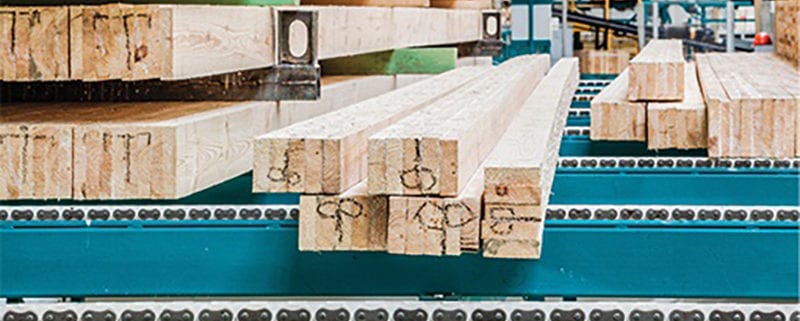
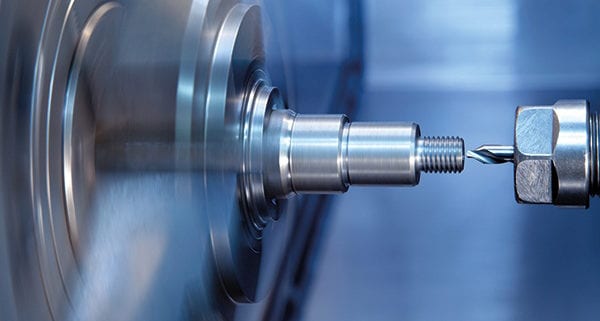
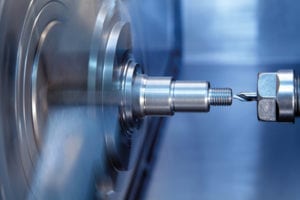
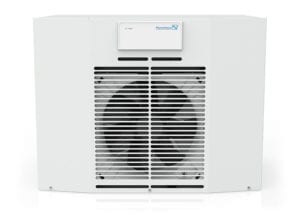
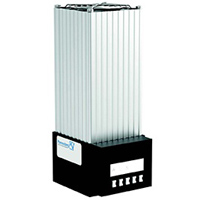
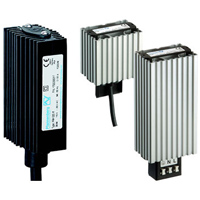

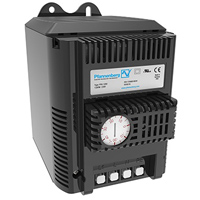


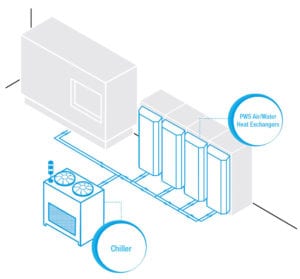 ng table, where the candy has its flavoring added and mixed. The amber liquid when being first mixed is heated up to around 300°F. Once being transferred to the kneading machine, this large machine will mix in the flavoring by pushing and folding the candy – slowly cooling the product from its hot temperature.
ng table, where the candy has its flavoring added and mixed. The amber liquid when being first mixed is heated up to around 300°F. Once being transferred to the kneading machine, this large machine will mix in the flavoring by pushing and folding the candy – slowly cooling the product from its hot temperature. 
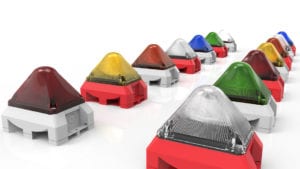
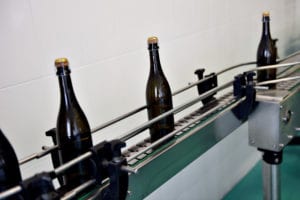
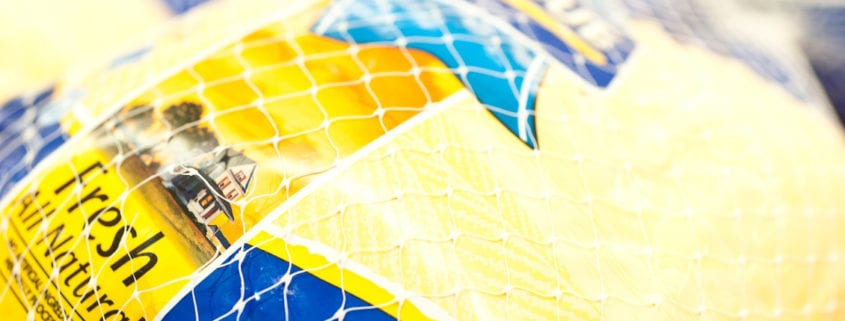
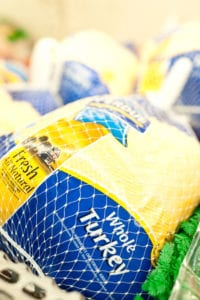 Tis’ the season – for we have many things to be thankful for this year! With the holiday season quickly approaching, we are taking the time to reflect on all of our blessings. Common dishes for most Traditional American Thanksgivings include turkey, cranberry sauce, stuffing, green bean casseroles, fresh baked rolls, and pumpkin pie. Most of us look forward to this holiday all year, for it is a time to be thankful and gather with loved ones.
Tis’ the season – for we have many things to be thankful for this year! With the holiday season quickly approaching, we are taking the time to reflect on all of our blessings. Common dishes for most Traditional American Thanksgivings include turkey, cranberry sauce, stuffing, green bean casseroles, fresh baked rolls, and pumpkin pie. Most of us look forward to this holiday all year, for it is a time to be thankful and gather with loved ones.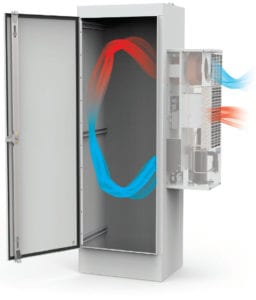 When it comes to the vacuum packing machines they operate at very high speeds, processing many turkeys in a short amount of time. It’s critical that the control enclosure electronics do not overheat. Proper cabinet temperature control is essential to keeping production on schedule. To keep these electrical enclosures cool, the processing facility has several options. If using traditional enclosure air conditioners (cooling units) then our washdown NEMA Type 4/4x
When it comes to the vacuum packing machines they operate at very high speeds, processing many turkeys in a short amount of time. It’s critical that the control enclosure electronics do not overheat. Proper cabinet temperature control is essential to keeping production on schedule. To keep these electrical enclosures cool, the processing facility has several options. If using traditional enclosure air conditioners (cooling units) then our washdown NEMA Type 4/4x 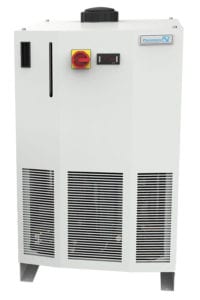

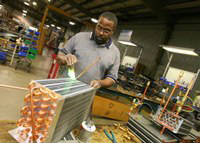

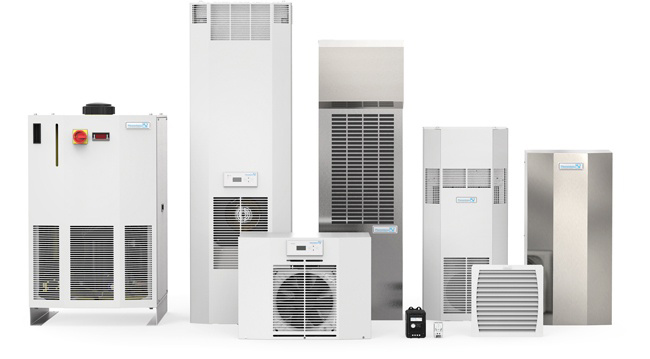
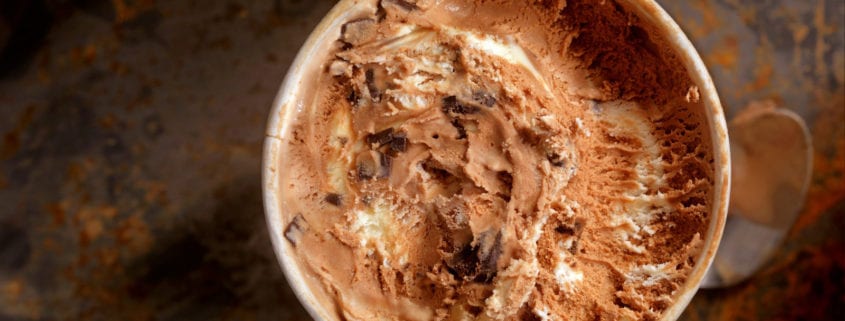
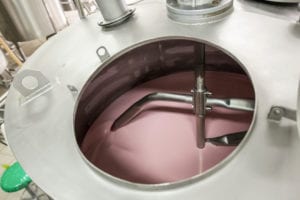
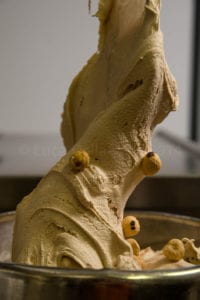
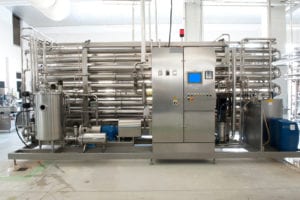
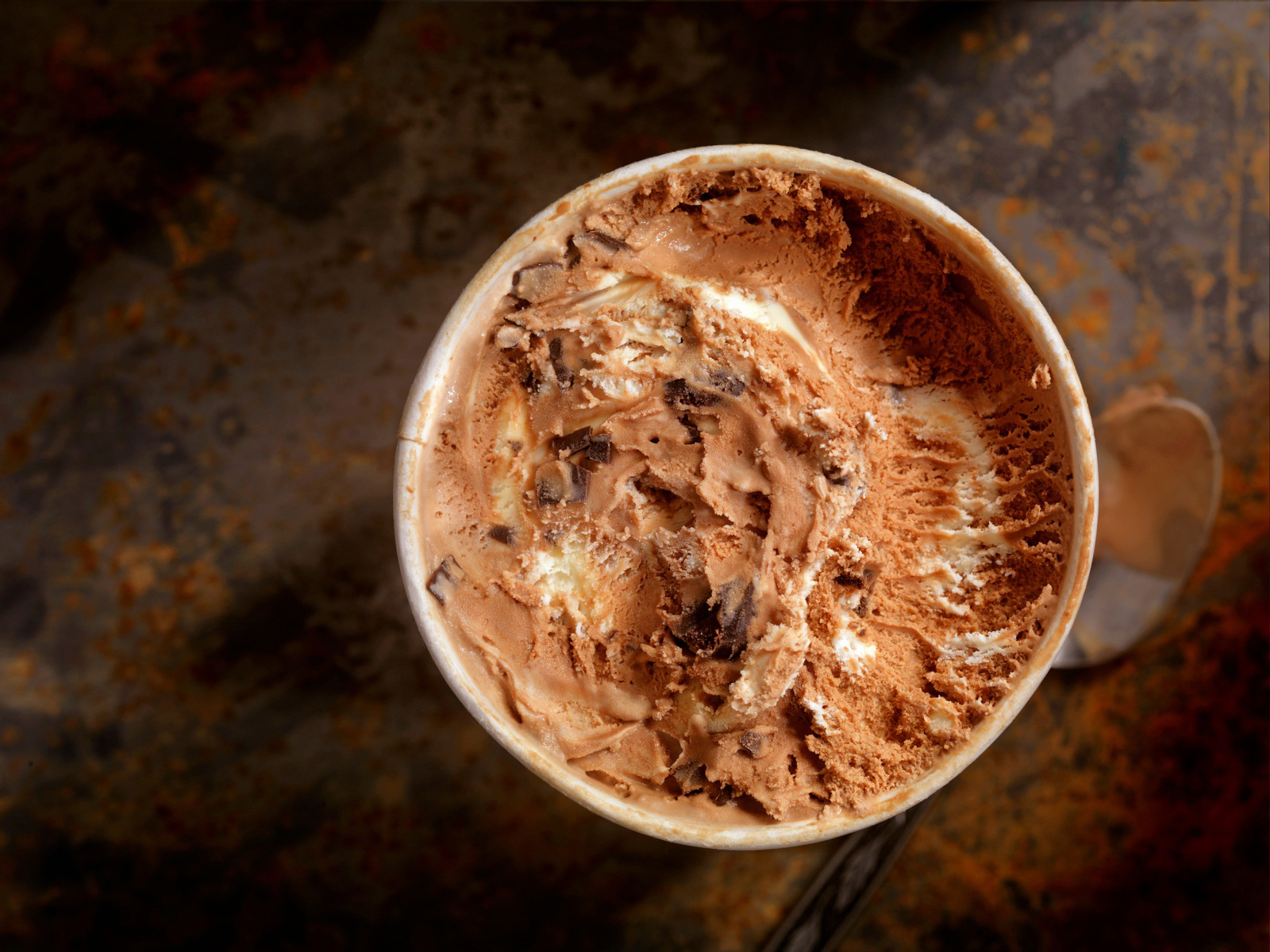

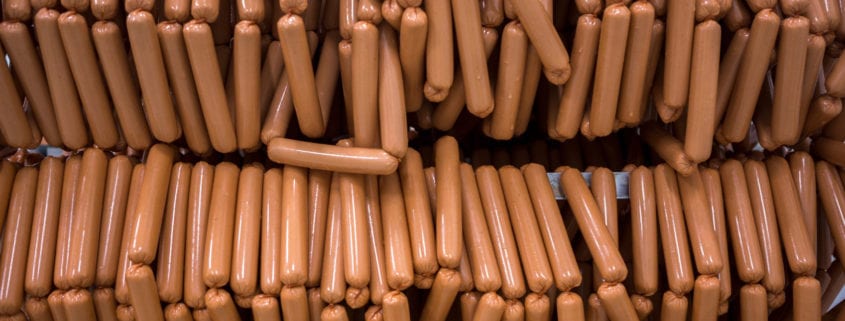
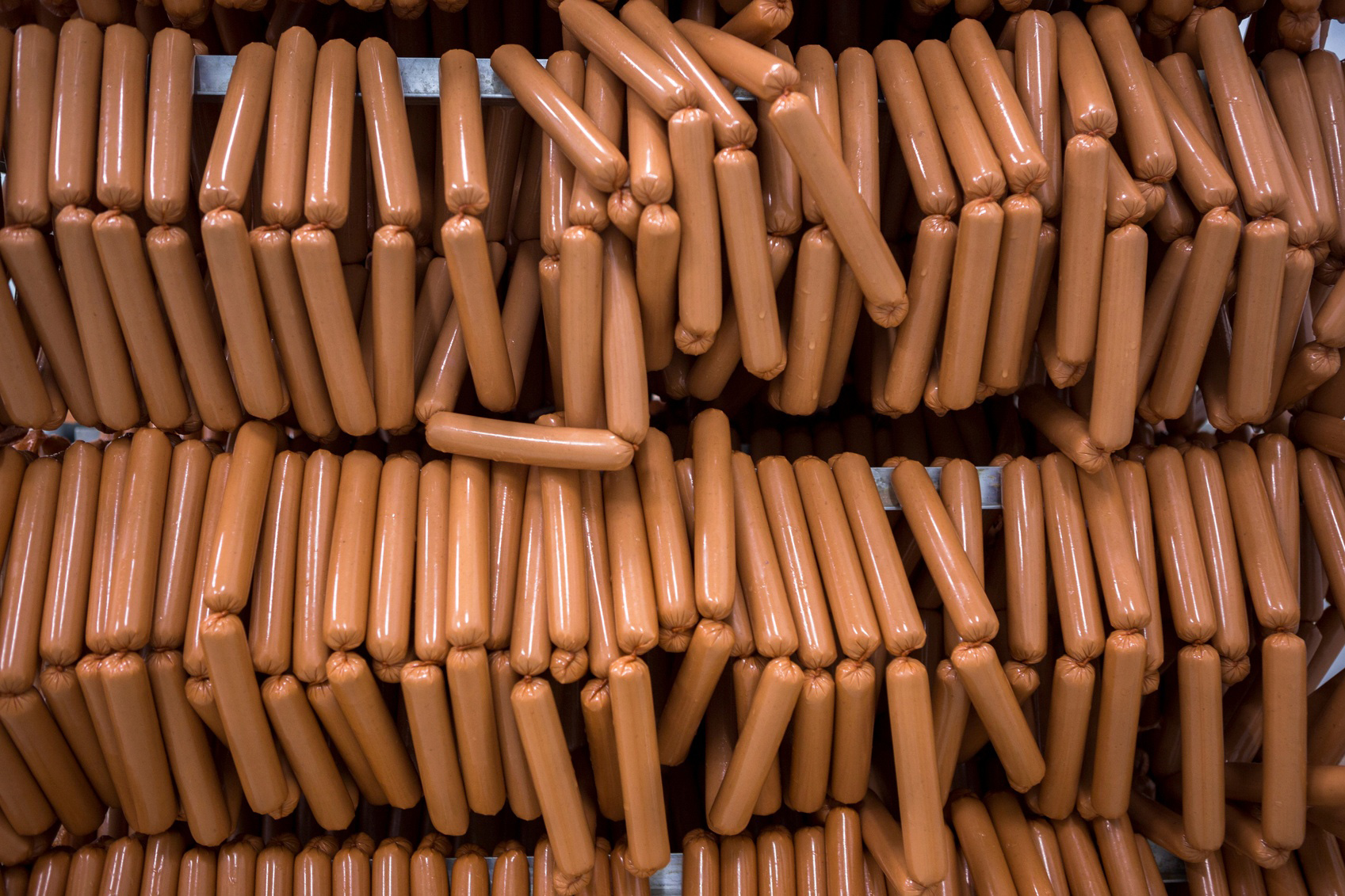 The first step into creating one of the most loved foods is the preparation of the meat. The meat is cut into small pieces and is placed into a large mixer. These mixers have chopping blades to further cut the meat into smaller sizes. Here the raw ingredients and flavorings are added. All are mixed until the mixture is a smooth paste consistency. Processes like this can require large control panels to operate the system and
The first step into creating one of the most loved foods is the preparation of the meat. The meat is cut into small pieces and is placed into a large mixer. These mixers have chopping blades to further cut the meat into smaller sizes. Here the raw ingredients and flavorings are added. All are mixed until the mixture is a smooth paste consistency. Processes like this can require large control panels to operate the system and 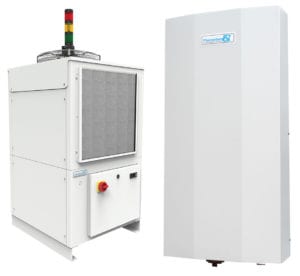 Once the smoking is completed, the link casings are removed by an automatic peeler. During this time, the hot dogs are sprayed with water to help bring down their temperature. Then the hot dogs are then transported to be packaged. Before going into the final packaging, the hot dogs are inspected to make sure there are no foreign ingredients in the product.
Once the smoking is completed, the link casings are removed by an automatic peeler. During this time, the hot dogs are sprayed with water to help bring down their temperature. Then the hot dogs are then transported to be packaged. Before going into the final packaging, the hot dogs are inspected to make sure there are no foreign ingredients in the product.
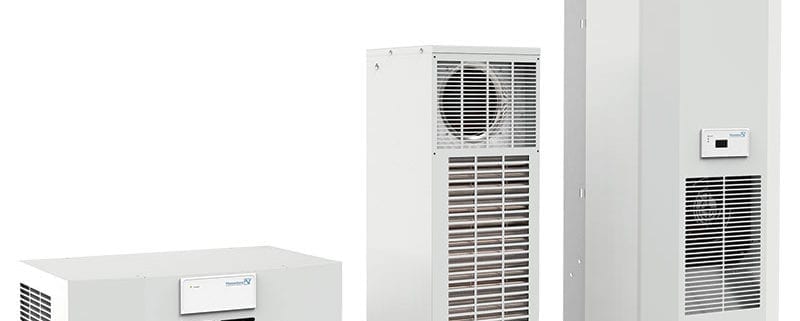
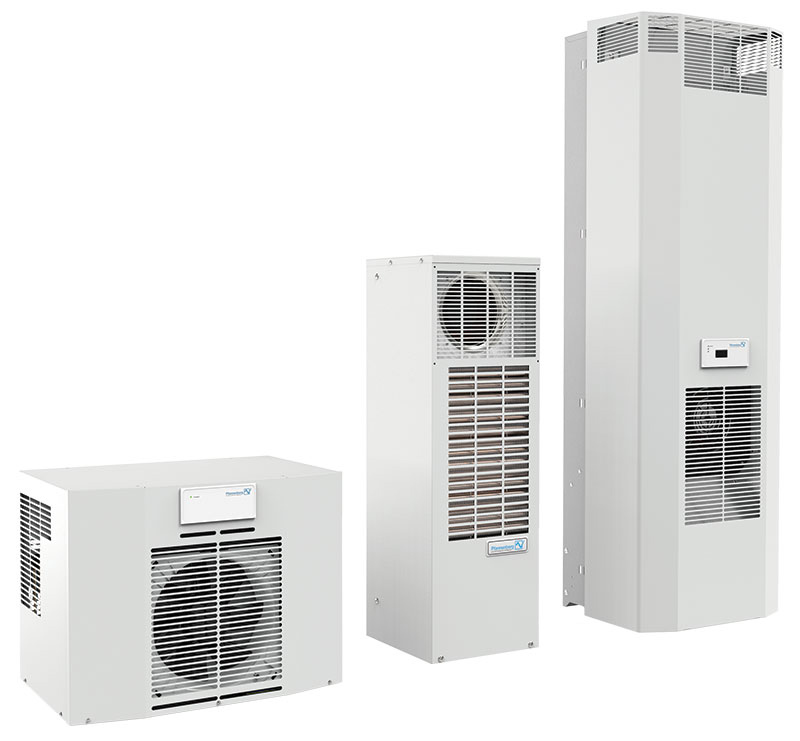
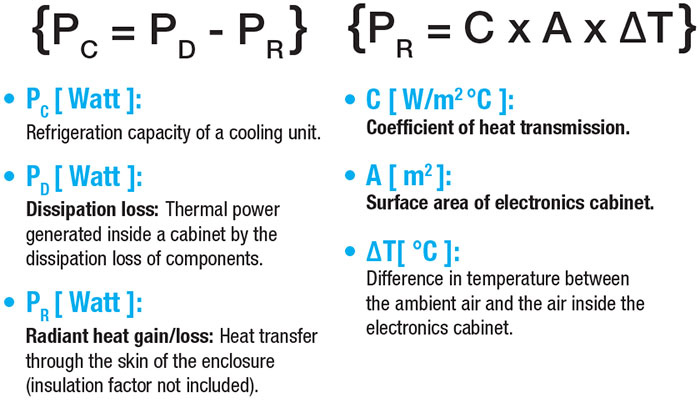
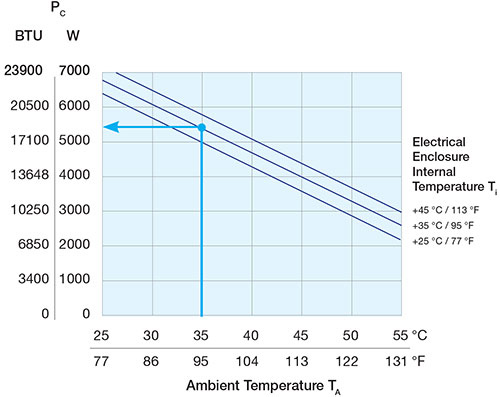
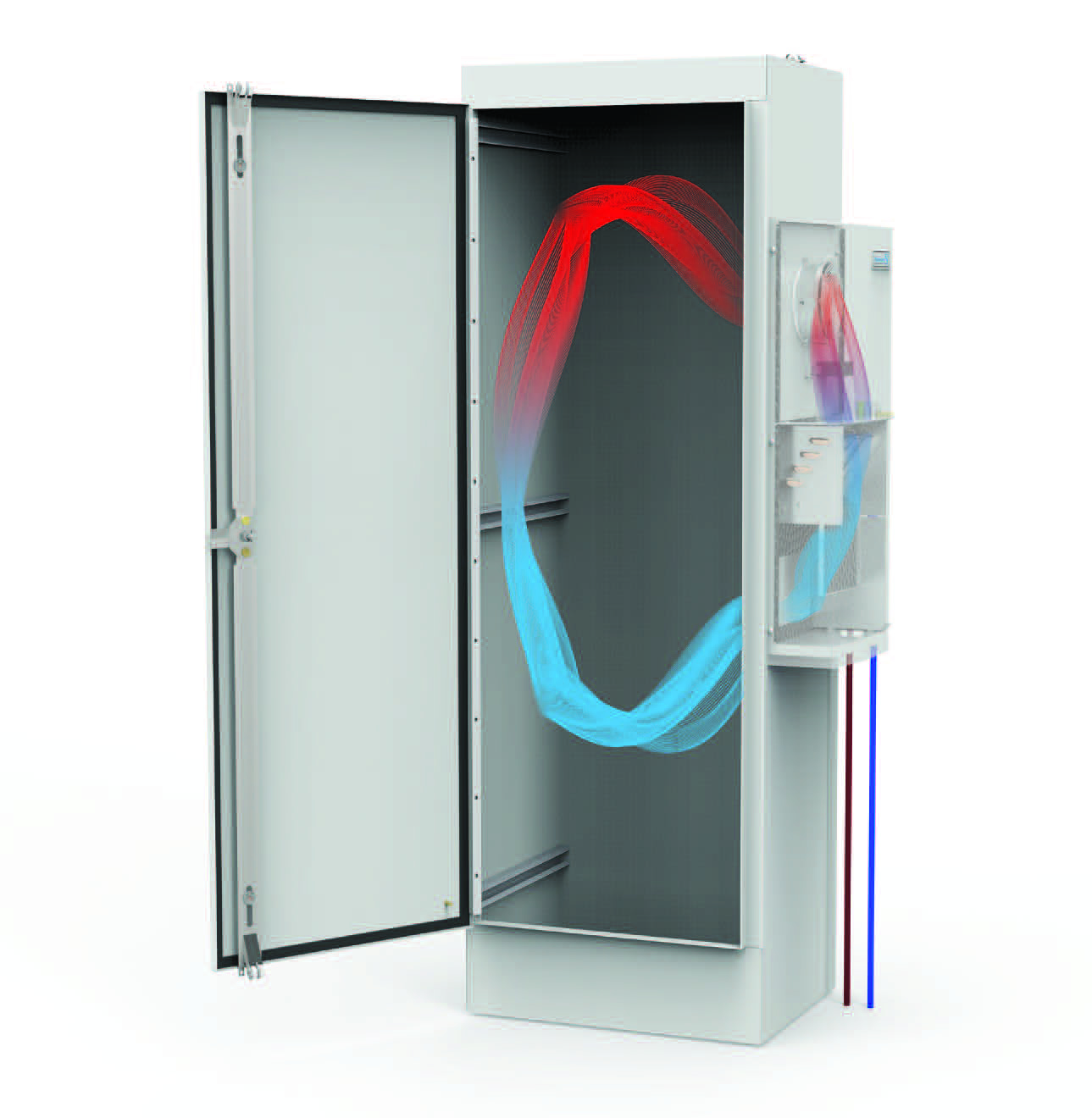
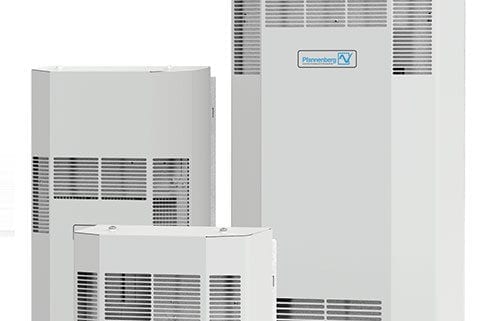
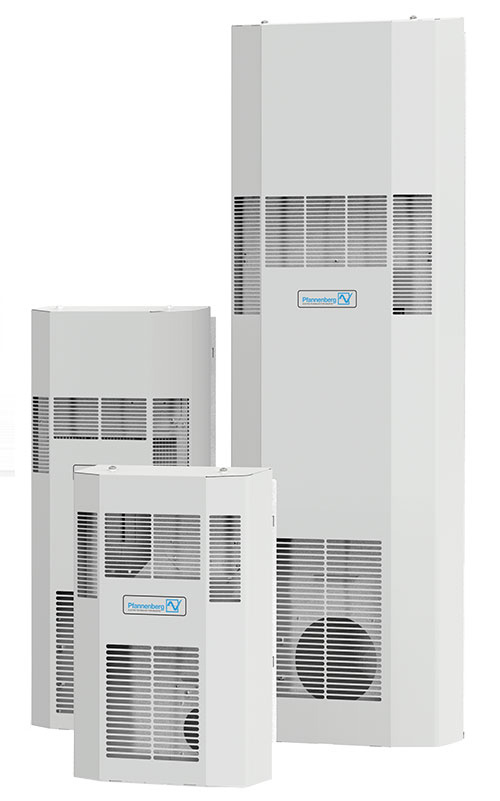
 To properly size an air to air heat exchanger you must know the required cooling capacity in Watts, target temperature rise over ambient and the dimensions of the heat exchanger and enclosure.
To properly size an air to air heat exchanger you must know the required cooling capacity in Watts, target temperature rise over ambient and the dimensions of the heat exchanger and enclosure.
